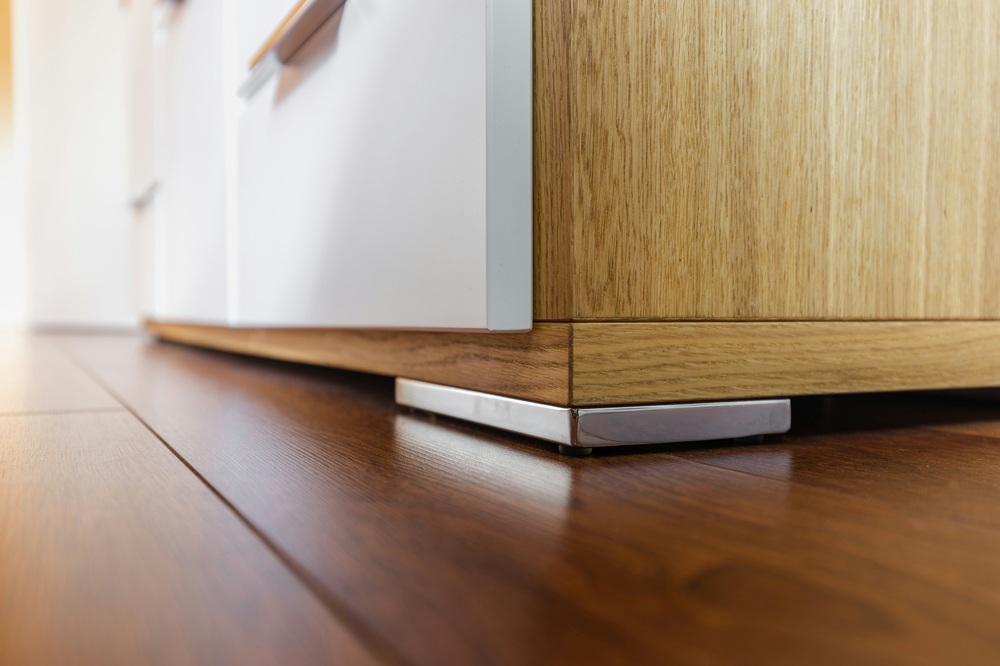Constructing modern residential and commercial spaces involves a delicate balance between aesthetics, functionality, and environmental responsibility. As the urgency of combating climate change rises, architects, builders, and interior designers are turning to sustainable materials.
These materials reduce ecological footprints and improve the quality and longevity of buildings. From recycled resources to bio-based innovations, the options are diverse and beneficial. Let’s explore six of the top sustainable materials, including their applications, advantages, and what makes them truly eco-friendly.
Sustainable Wood
Sustainable wood remains a popular choice in residential and commercial projects because of its versatility and aesthetic appeal. Sustainable sourcing practices prioritize the health of forests and ecosystems by implementing selective cutting and replanting strategies. The best advantage is the natural carbon sequestration ability of trees, which absorb carbon dioxide from the atmosphere throughout their growth.
Using sustainably harvested timber lowers greenhouse gas emissions. Products made from wood can be improved in their durability and aesthetic appeal, providing a beautiful finish in any environment. From flooring to cabinetry, find suppliers that offer finely crafted wood products made from sustainable timber. They come from certified sources to maintain sustainability standards. Designers are now discovering innovative ways to incorporate sustainable wood into structures and blend functionality with eco-friendliness. This material has become the preferred choice for many thanks to its beauty and conversation efforts.
Recycled Materials
Recycling has transformed the construction landscape by offering unique materials that minimize waste. Recycled steel, concrete, and glass are now common components in modern architecture. Using reclaimed bricks can lend character to a building and lessen the need for new materials. Besides conserving raw resources, recycled materials come with lower production energy costs and contribute to a smaller carbon footprint.
Purchasing recycled products supports circular economies by creating demand for post-consumer materials. The aesthetic aspect of recycled materials should not be underestimated either; they can provide a unique, history-laden character not found in newer materials.
Rammed Earth
Rammed earth construction exemplifies sustainability through its utilization of natural, locally sourced materials. This ancient building technique involves compressing soil and aggregates into a solid form. The resulting walls are durable, fire-resistant, and naturally regulate indoor humidity and temperature.
This material provides excellent insulation properties, leading to energy efficiency over the life of the structure. Its unique aesthetic appeals to many architects, offering a rustic yet contemporary look. The labor-intensive building process cultivates connections to the community and encourages local skill development.
Bamboo
Known as one of the fastest-growing plants, bamboo can reach maturity in four to eight years and can be sustainably harvested for more than 40 years. Its strength exceeds that of many hardwoods, an excellent choice for structures like flooring, beams, and furniture. Bamboo’s flexibility allows for creative architectural designs and maintains structural integrity.
Environmentally speaking, its rapid growth and ability to absorb carbon make it a prime choice for sustainable projects. Bamboo requires less water compared to traditional timber forests, which is a resource-savvy alternative. Efforts to incorporate bamboo into residential and commercial designs are becoming more prevalent as the demand for eco-friendly materials rises.
Hempcrete
Hempcrete is a bio-composite material made from hemp hurds and lime. This eco-friendly alternative to concrete provides excellent insulation, a viable option for both wall infill and insulation applications. The use of hemp lowers the carbon footprint of construction projects, as hemp absorbs CO2 while growing.
Hempcrete is lightweight, does not rot, and is resistant to pests, which contributes to its appeal in sustainable building projects. This material enables structures to breathe naturally and keeps the right indoor air quality. Hempcrete is beneficial in eco-friendly designs where energy efficiency is a priority. Its advantages make hempcrete a fascinating and sustainable choice worth considering for modern builders and architects.
Natural Stone

Natural stone has been a cornerstone of construction for millennia, and its enduring qualities continue to find relevance in modern projects. Sourced sustainably, stone has a long lifecycle and requires minimal maintenance. Its inherent properties provide substantial insulation and contribute to energy efficiency.
Being a natural material, stone can blend seamlessly with its surroundings and offer timeless beauty. The extraction of natural stone, when done responsibly, has minimal environmental impact. Less invasive quarrying techniques have improved the sustainability aspect of this material. Architects who strive for environmentally conscious designs can take advantage of the versatility and durability of natural stone.
Sustainable construction materials are reshaping the landscape of modern architecture, cultivating an environment of responsibility and innovation. Sustainable wood, recycled materials, rammed earth, bamboo, hempcrete, and natural stone improve design and contribute to sustainability on a larger scale. The commitment to using eco-friendly materials reflects a modern understanding of the importance of protecting our planet and creating beautiful and functional spaces.

